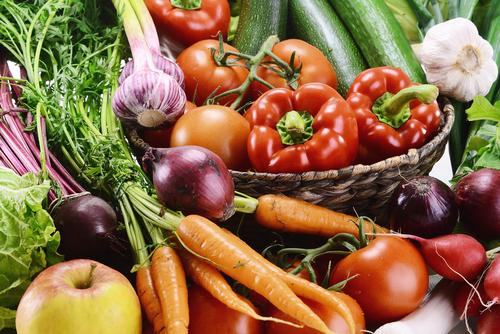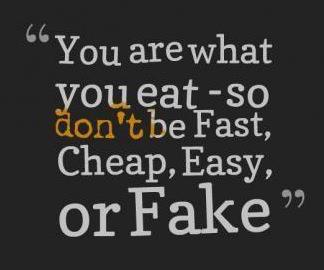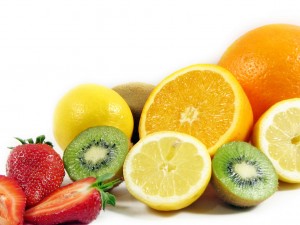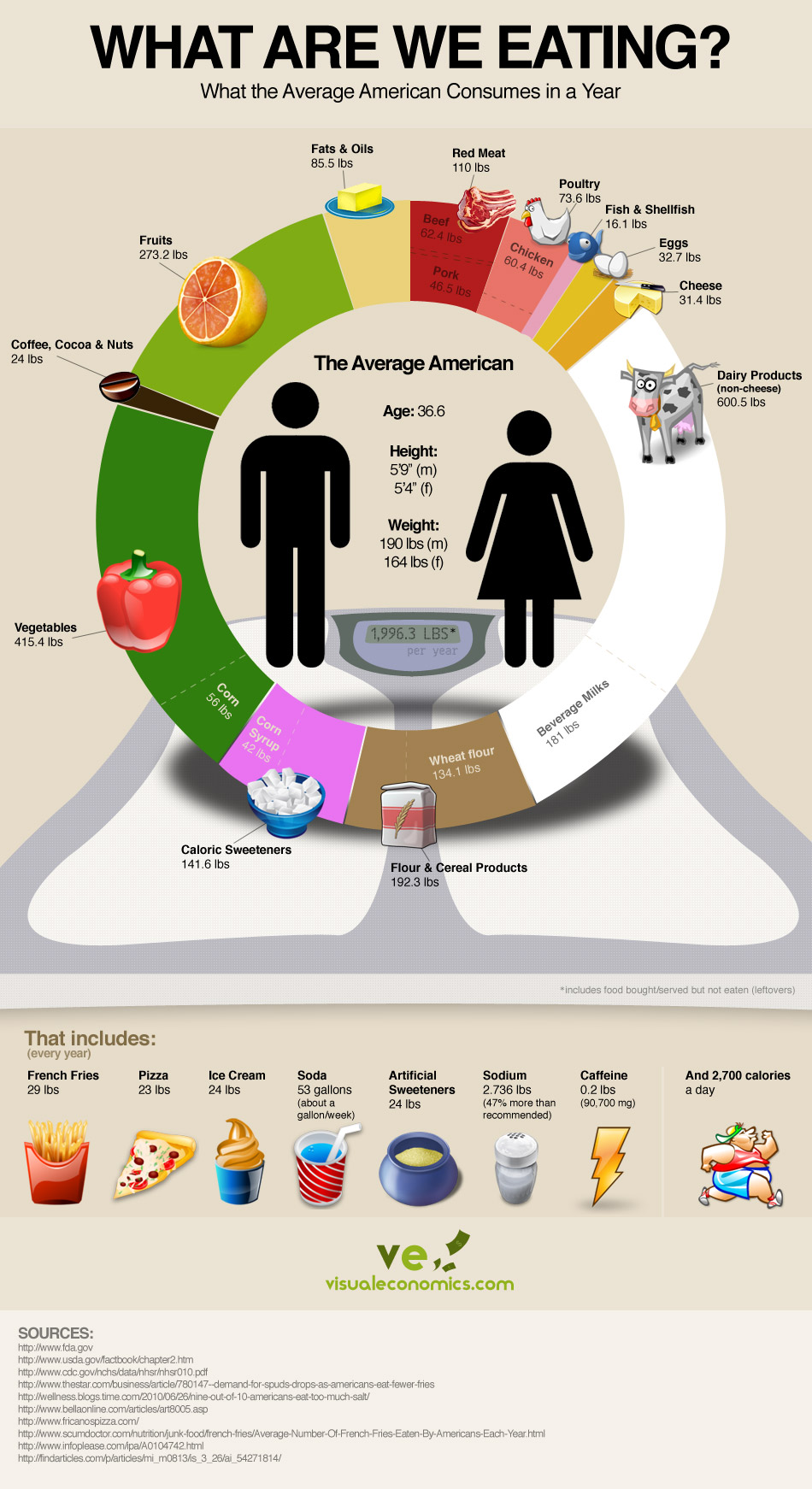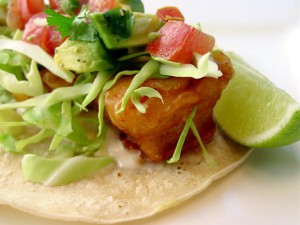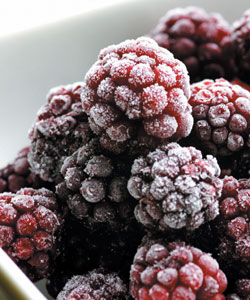Dear Davey,
I really donât like the taste of protein powder, so Iâve been looking at other ways to increase my protein intake. What are some healthy high protein foods that I can include in my diet?
From,
Sammy
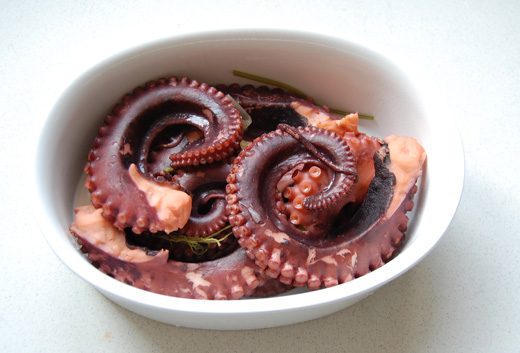 Itâs no secret that protein powder doesnât taste great. But itâs important to remember that youâre eating it for other reasons than flavor. Itâs fuel for your body.
Itâs no secret that protein powder doesnât taste great. But itâs important to remember that youâre eating it for other reasons than flavor. Itâs fuel for your body.
Having said that, there are certainly plenty of other options for increasing your overall protein intake. Here are a few of the healthier options that Iâd recommend:
- Quinoa (24 grams protein / 1 cup, uncooked)
- White beans (47 grams protein / 1 cup, raw)
- Peanut butter (8 grams protein / 2 tablespoons)
- Edamame (17 grams protein / 1 cup, cooked)
- Tofu (20 grams protein / 1 cup)
- Seitan - wheat-meat (18 grams protein / 3 oz serving)
- Dry roasted mixed nuts (14 grams protein / half cup)
- Raw almonds (15 grams / half cup)
- Lentils (18 grams protein / 1 cup, boiled)
- Chicken (43 grams protein / 1 cup, cooked)
- Canned tuna (42 grams protein / 1 can)
- Tilapia (26 grams protein / 100 grams fillet)
- Salmon (20 grams protein / 100 grams fillet)
- Octopus (30 grams protein / 100 gram serving)
- Tuna (30 grams protein / 100 gram fillet)
- Halibut (23 grams protein / 100 gram fillet)
- Turkey breast (34 grams protein / 1 serving)
- Eggs (6 grams protein / 1 egg)
- Plain Greek yogurt (17 grams protein / 1 container)
- Cottage cheese (11 grams protein / 100 gram serving)
If you have any suggestions for protein-packed healthy foods, share them in the comments below!
Love,
Davey
P.S. For more nutrition tips, download Davey Waveyâs Insanely Easy Guide to Eating Smarter.







